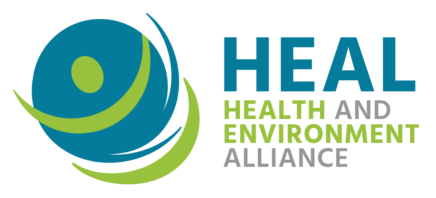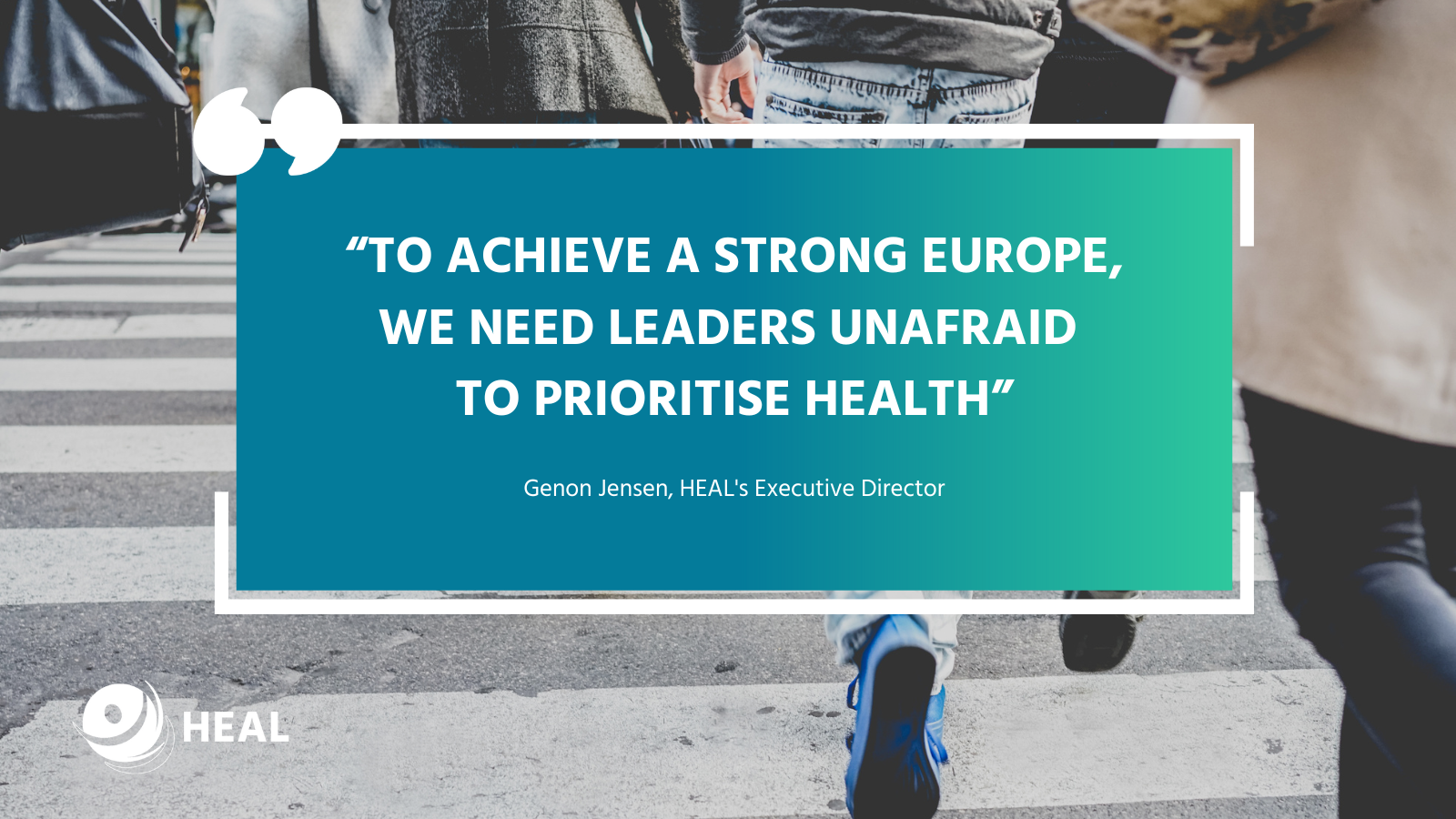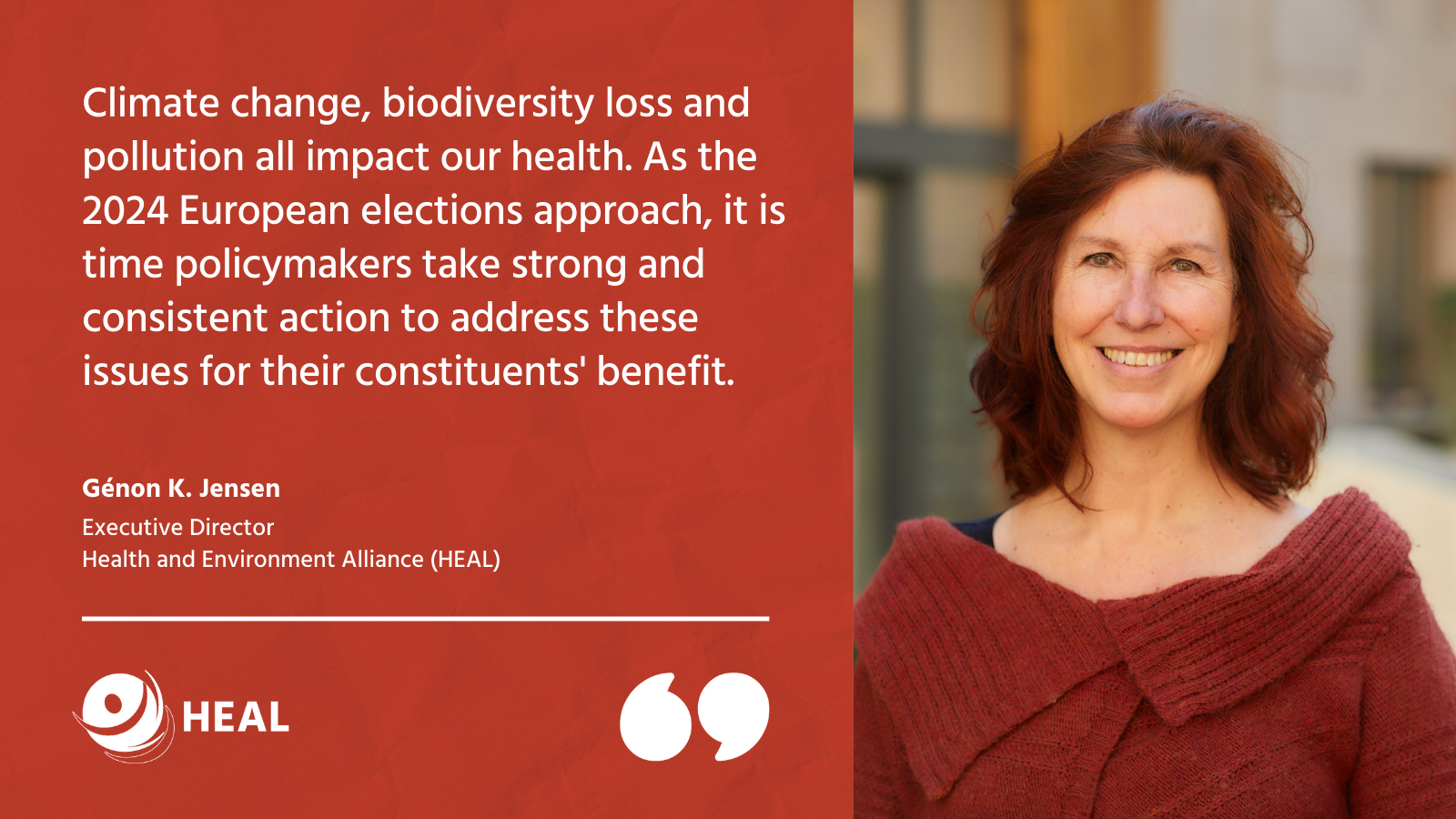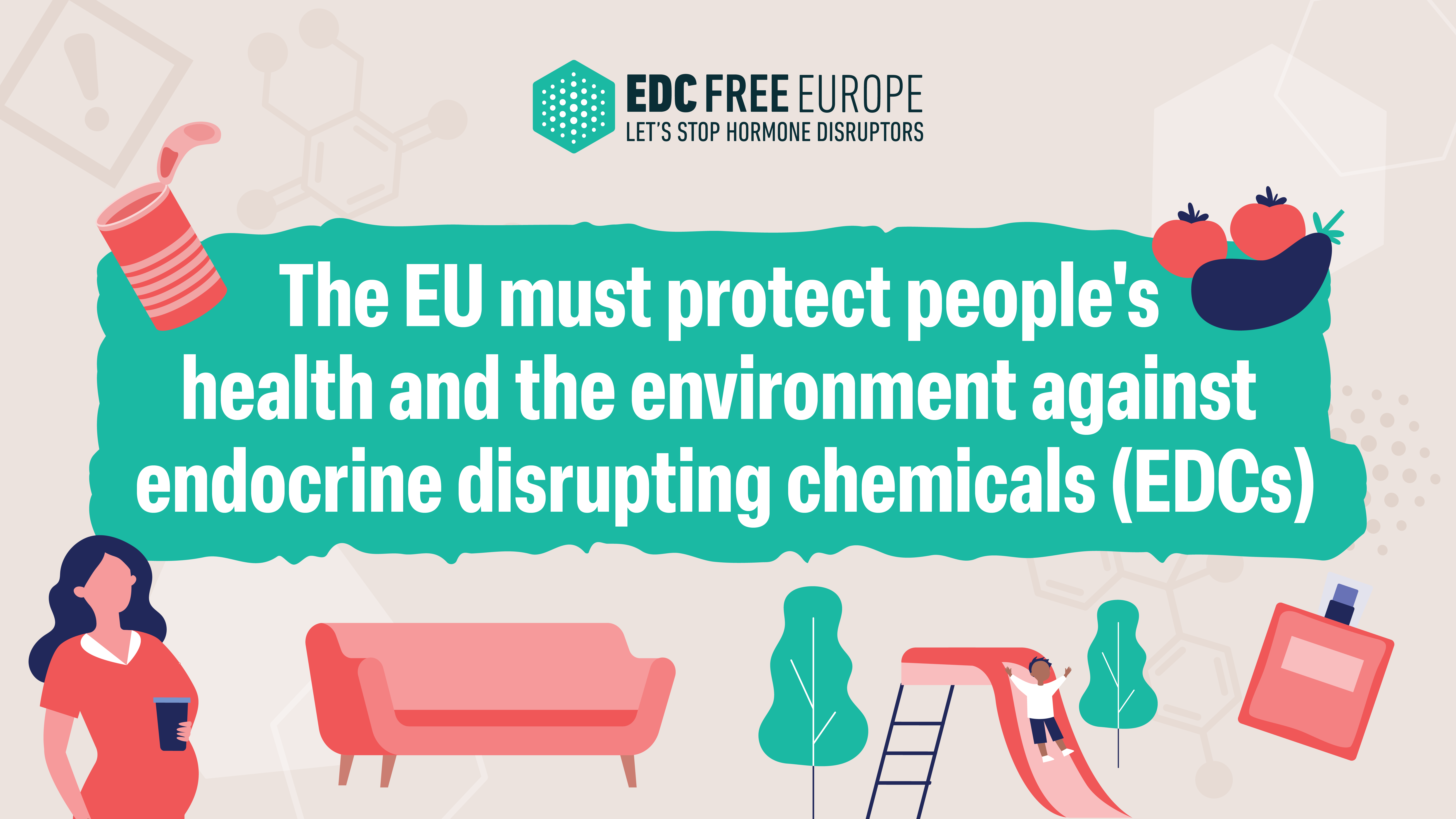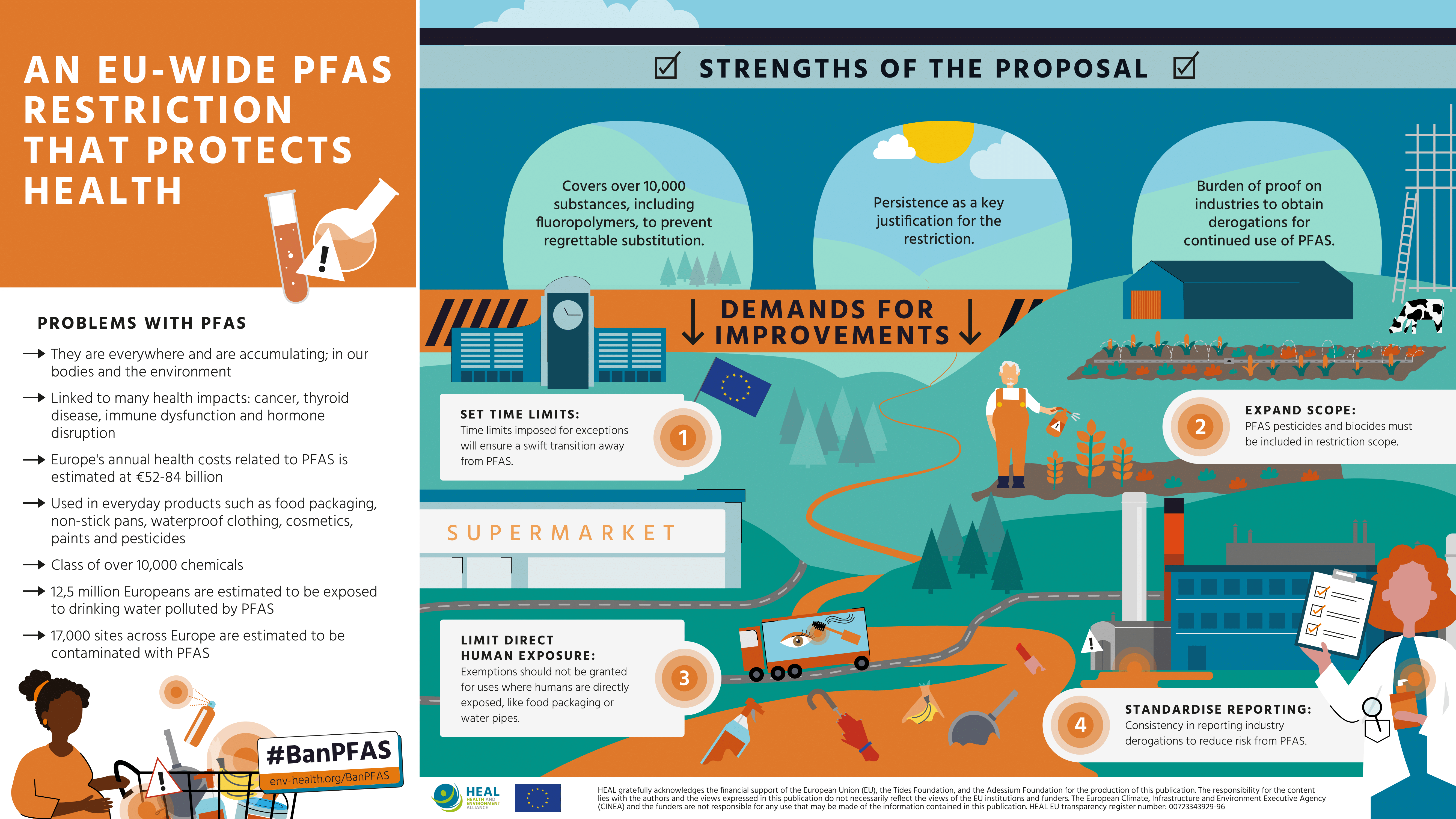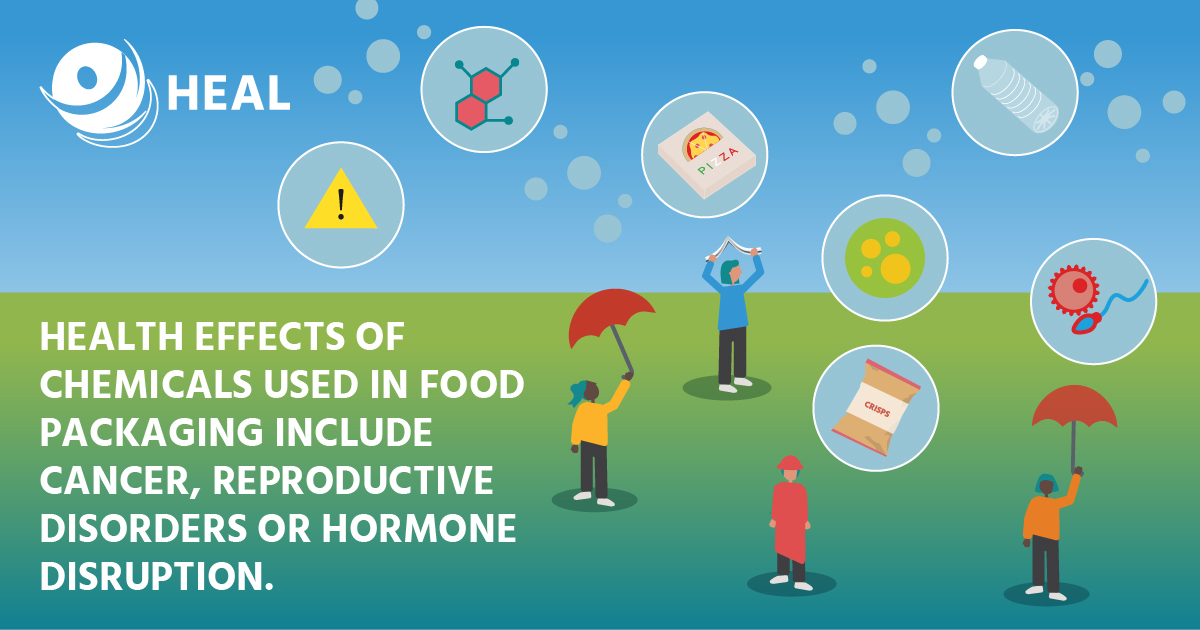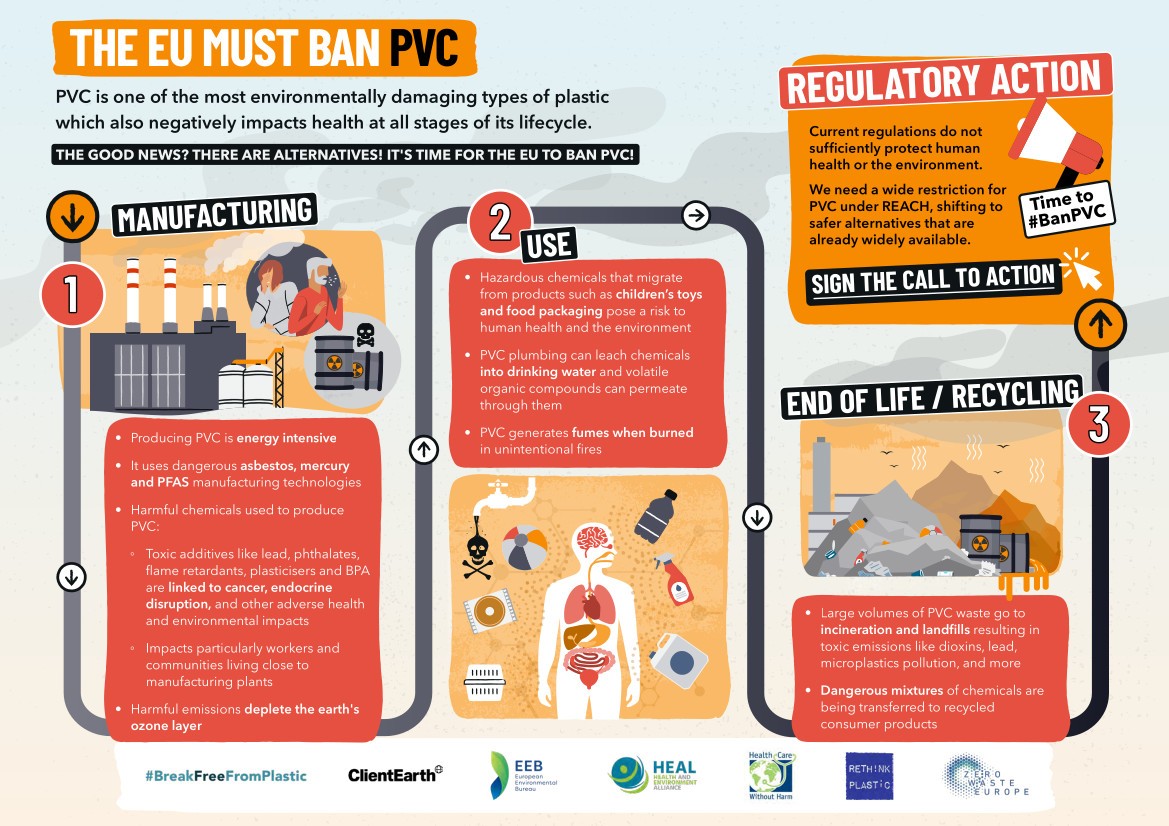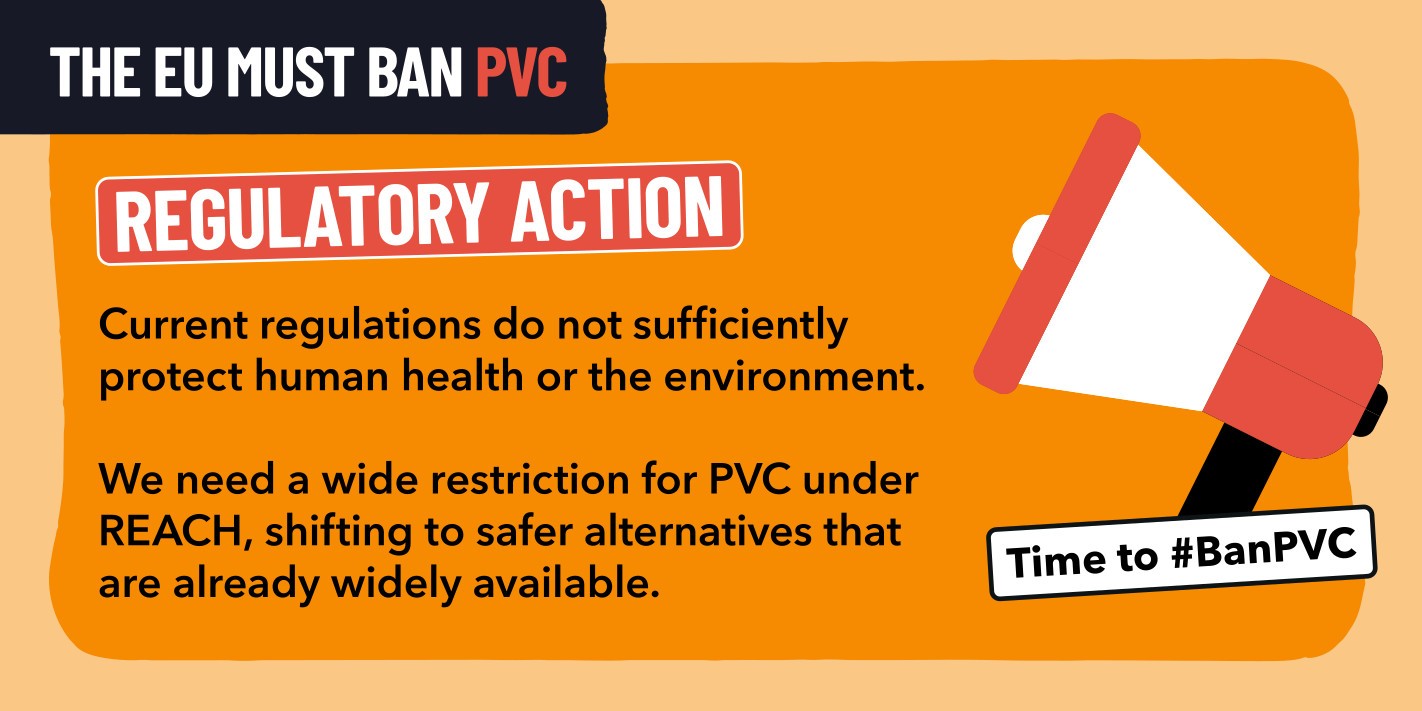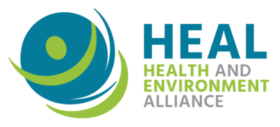What is essential? A closer look at the potential of the essential use concept in EU chemicals legislation
The essential use concept is a relatively new notion in EU chemicals legislation that has great potential to speed up the regulation of harmful substances, by asking the critical question whether the specific uses of these chemicals are necessary for the functioning of society.
